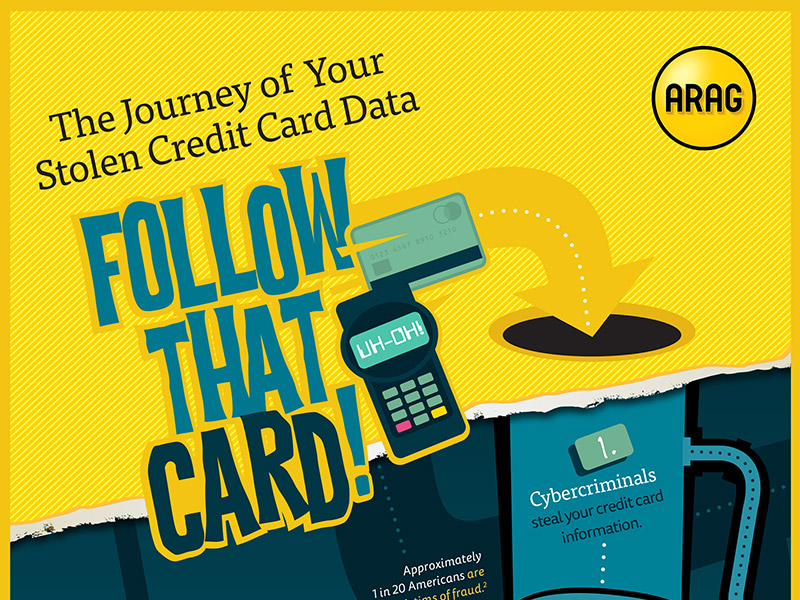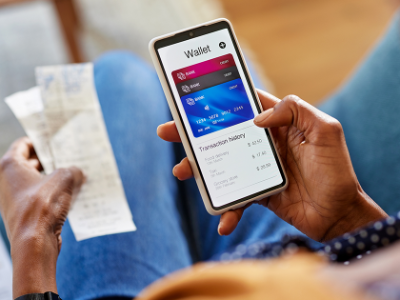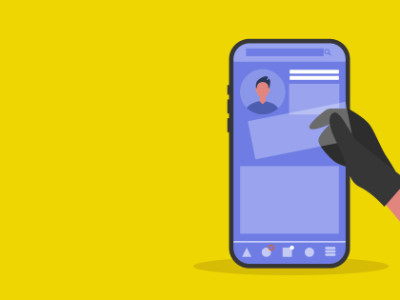
Follow That Card! The Journey of Your Stolen Credit Card Data
Do you know what happens to your credit card if it is stolen? There is a lot that occurs between when you swipe your card and when you are notified (if you are notified) that your information was nabbed by criminals.
DownloadRead on to learn more about the long and twisted journey of stolen credit card data.
1. Cybercriminals steal your credit card information.
Credit card fraud is, unfortunately, a common occurrence in the United States these days. In fact, approximately one in 20 Americans are victims of fraud. And “60 Minutes®” recently reported that, according to cybersecurity experts, 97 percent of companies are getting breached. Criminals in the United States and abroad are constantly looking for ways to steal your information.
2. Criminals make a small transaction to ensure your card is “live.”
The card is only valuable to them if it still works, after all. They make sure the charge is so small, pennies even, that it will go unnoticed by most banks and consumers.
3. Cybercriminals price your card to sell.
The following will increase the value of your card:
- A “fresh” card from a very recent breach.
- A higher credit limit.
- An expiration date in the distant future.
- Additional information about you, such as your address, Social Security number, mother’s maiden name, date of birth, etc.
- Purchasing behavior, such as where you shop, so it’s easier for criminals to impersonate you.
4. Criminals post your card on underground sites
These sites are collectively referred to as the “Dark Web.” Potential buyers can search for cards by zip codes, countries and financial institutions. Cards can be purchased individually or bundled together.
5. Criminals purchase cards using bitcoins or other digital currency.
These forms of payment are more difficult for law enforcement to track.
6. The criminal who purchases your card now has your information.
He or she may use it to:
- Buy electronics or gift cards. These items are among the most popular to purchase with stolen cards because they are easy to resell for a quick buck.
- Create fake cards. Then he or she may use the card himself to buy items or sell to another criminal.
7. The company that was breached discovers accounts have been compromised.
On average, companies discover a breach five months after it has occurred. Sometimes, the bank or another monitoring agency might even discover the breach before the company itself even realizes what occurred.
8. You are notified of the breach.
That’s right — you are the last to know. By the time you find out, it’s too late: your data is already underground and in the hands of criminals who are using it to their advantage.
What You Can Do
This journey might make you feel like you have no control over what happens to your credit card information if it gets into the wrong hands. How can you do anything if you don’t even know your information has been stolen?
The best thing you can do is to be proactive. Check your credit card transactions weekly. Sign up for a program that not only monitors information reported to the national credit bureaus, but also monitors underground sites. Being vigilant about credit monitoring gives you peace of mind and ensures you’ll be one of the first to know if your card is compromised.

